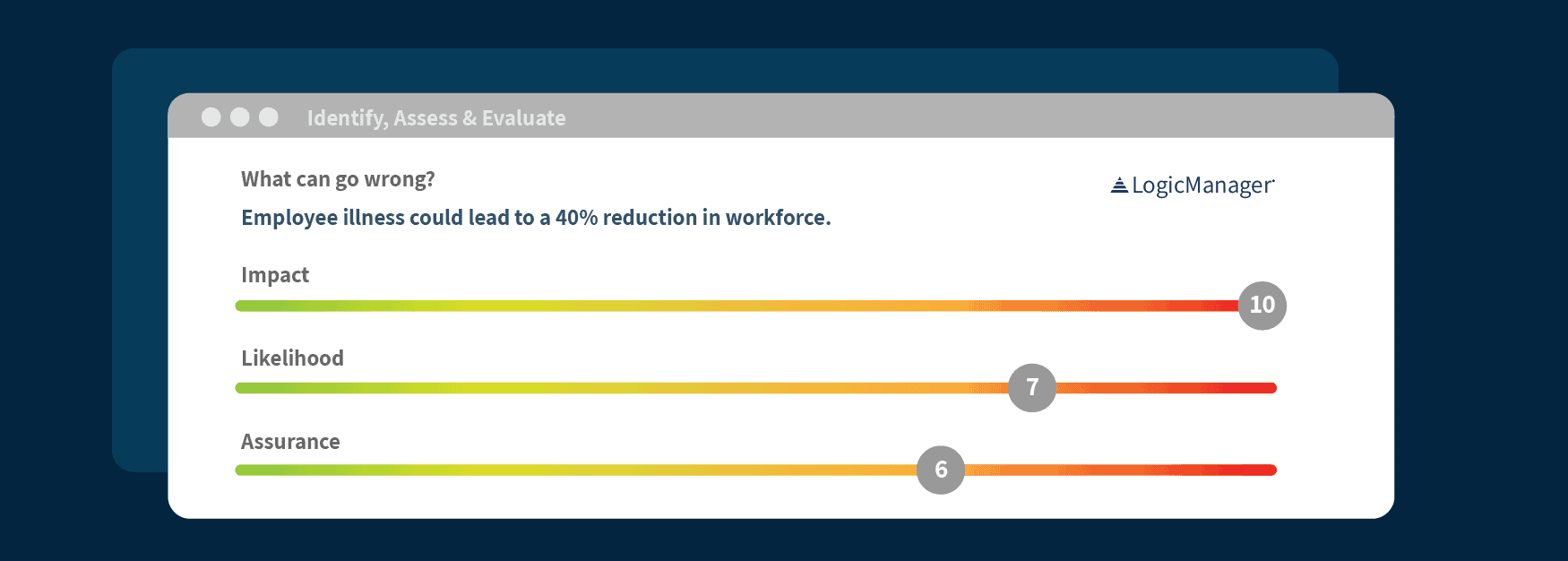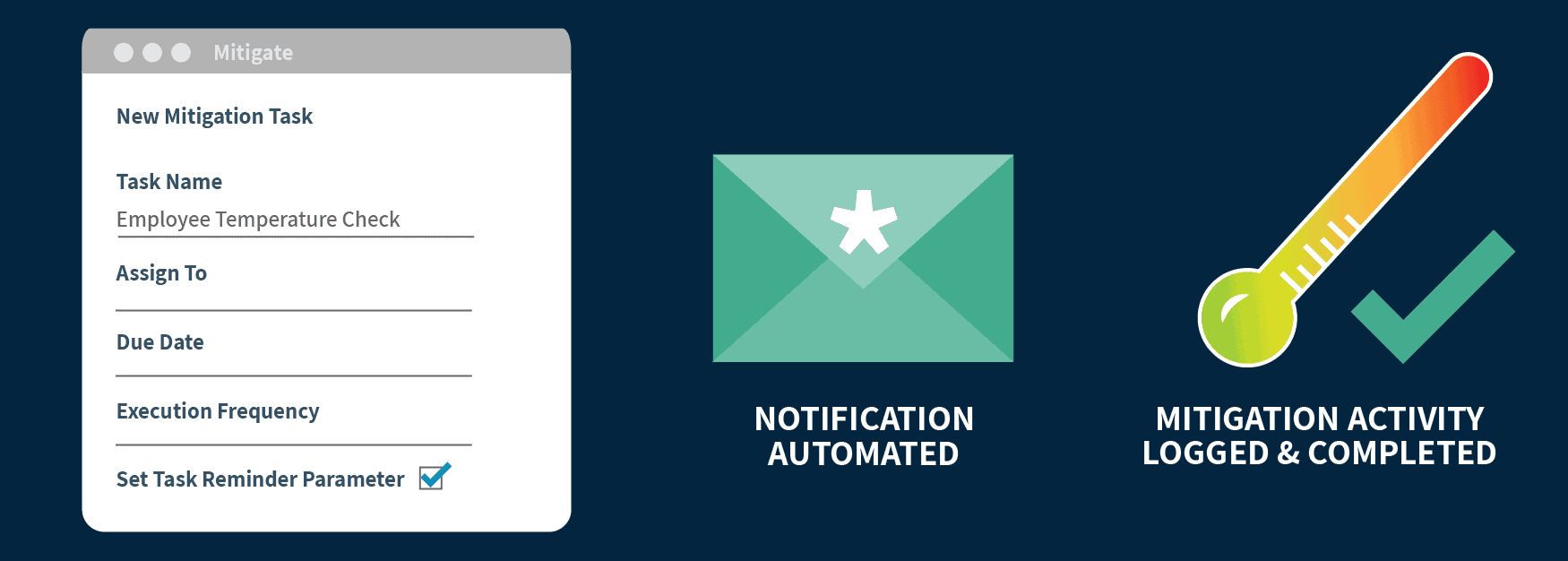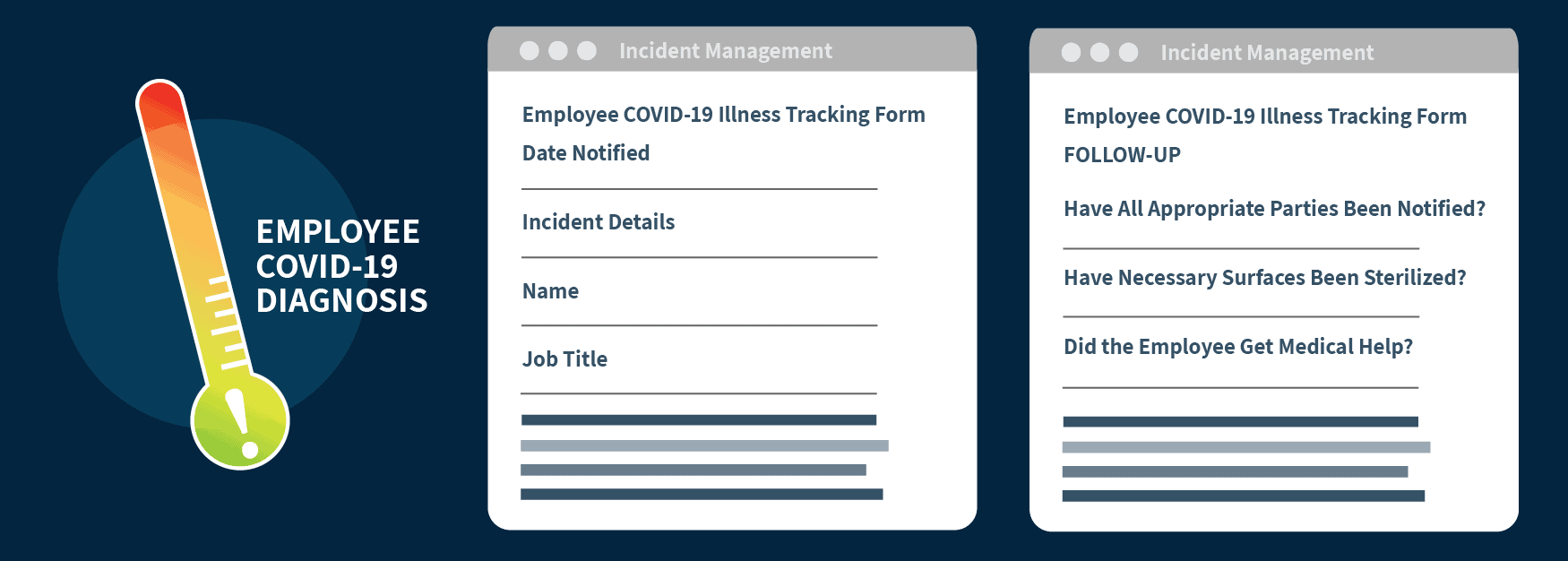Coronavirus Return To Work:
Preparing Organizations For a COVID-19 Second Wave
The Hard Dollar Consequences of Risk Management Negligence
Steven Minsky | May 15, 2020

Risk Management Negligence Has Hard Dollar Consequences With Coronavirus Return To Work Approaching
COVID-19 served as a wake-up call for many reasons and with Coronavirus return to work fast approaching it is essential to take stock. For businesses, we learned some hard lessons about our preparedness to sustain operations and manage risks during an event of this magnitude. The pandemic didn’t create the fractures that we’ve experienced, but it certainly amplified and accelerated them.
Risk assessments and business continuity procedures existed previous to its arrival and were easily attainable by any organization, they just weren’t prioritized. Now these tools have the attention of senior leadership and their importance is known and understood across the organization as companies prioritize their Coronavirus Business Continuity Plans.
The Time To Act Is Now
We have a defined window of time to act – to evaluate the Coronavirus business impact of the first wave and course correct before we are in the middle of a second, very likely more deadly wave in the fall.
Why will it be so much more disruptive?
Mostly because all the models and thinking about it are based on the second wave being a repeat of the first wave.
This gap or uncertainty is a major part of risk leaving your organization open to risk. It likely will not be and that is why risk management can tell you how it will impact your organization and what you can do now to prepare for it.
The see-through economy guarantees that if we are careless about how we bring employees back to work and during the re-opening physical locations such as restaurants, gyms and schools, we will be publicly exposed for it. Those businesses and brands will suffer irreversible backlash which will be compounded by an already challenging business environment.
Now is not the time to be negligent with Risk Management. There is reason to believe the second wave could be much worse, particularly if we are not taking prudent measures now mitigate the risk and act responsibly.
There is a call to action for all of us to participate diligently and responsibly in our re-opening and return to work so that we collectively mitigate our contributions to this second wave.
Coronavirus Return To Work: Three Steps To Take Now
Below we highlight some steps that should be considered before Coronavirus return to work should take place.
Step One: Risk Assessment
Step one involves mobilizing a cross functional expert team to identify all potential Coronavirus return to work vulnerabilities.
For example just some questions that you may be faced with are:
- What happens if you’re facing 40% of your staff being out sick?
- Where are your vendors and subcontractors of vendors located and which ones are critical to your BCP?
- What new distancing strategies need to be implemented to ensure on-site protection?
- Which procedures need to be implemented to minimize litigation risk should an employee fall ill at work?
Identifying and assessing risks to your organization from different root cause perspectives is the first step toward building a mitigation plan and allows you to see all of the risks that your organization faces side by side.
Step Two: Risk Mitigation
Organizations who were successful during the first wave of Covid-19 implemented procedures like taking temperatures and oxygen levels of workers, distancing strategies and protocols that would prevent people from needing to use shared facilities at the same time.
These are all examples of risk mitigation.
Identifying tasks that can be automated in an office environment is key to ensuring productivity if people do fall ill. Did you know that 60% of siloed business tasks are unnecessarily duplicative.
Putting a successful risk assessment and risk mitigation strategy into motion now will ensure your organization is prepared for whatever comes in the fall and help to prepare for any other business disruptions that may arise in the future.
Step Three: Risk-Based Incident Management
The third step involves incident management. As an example of Coronavirus return to work you may look to provide a channel for employees and vendors/ partners to report on things like contact with someone who became ill and sickness numbers.
This will allow you to highlight concerns around protocols and discover potential weaknesses in the supply chain before they become critical is key.
This is a kind of risk-based mechanism to evaluate the effectiveness of mitigation and policy activities that have been put in place by your organization.
Covid-19 Second Wave Preparation: Are You Ready?
It’s been nearly two months since the country was closed in response to the rapid spread of COVID-19. Economic concerns and civil unrest are growing, putting pressure on local and state governments to begin a phased re-opening. This re-opening plan is not following a risk based approach given that the virus is still very present.
We lack sufficient testing and tracking, and appropriate risk mitigation guidelines which will collide with relaxed social distancing and increased mobility. This may be slow at first, but due to peer pressure and a false sense of security, likely to increase over time and will likely spike another wave of COVID-19 in the fall. Combine all of this with a return to work, usage of public transportation and a return to school.
While many experts are predicting a second wave of some sort in the fall, what none of their models have accounted for is the collision of this wave with flu season. COVID-19 and the flu are different viruses. A healthy 20-40 year old can catch the flu, have their lungs and immune system compromised; essentially giving them the underlying conditions that can make COVID so deadly.
Catching COVID-19 on top of that vulnerability exponentially opens up a larger portion of the population to being at risk.
Companies need to consider all of this when thinking through a risk-based approach to bringing employees back into physical workplaces. There are places to look for inspiration – like certain factories that remained open and largely illness free during the first wave due to strict protocols and, unlike their peers, applied a sound risk management strategy.
There were plenty of lessons learned that can be applied now, while there is time to control our course.
Organizations can use this time now to plan ahead – effective Risk Management is the answer.
In Summary: Coronavirus Return To Work Steps
Risk management provides the transparency and accountability to make necessary changes in procedures, computer systems, locations, and legal issues with accountability.
Regardless of the size or scale of your corporation, adopting a risk-based approach to transition, transform and thrive in the new normal is critical.
Doing this now will ensure business continuity in the long run, far beyond COVID-19. This virus exposed and accelerated existing vulnerabilities, it didn’t create them. Having the opportunity to mitigate these Coronavirus business risks now ensures the ability to thrive in the future.
Here at LogicManager our software can help your business to get ahead with our Forrester Award leading ERM Software which you can schedule a complimentary demo for here.
You can read more of our Coronavirus blog posts here.



